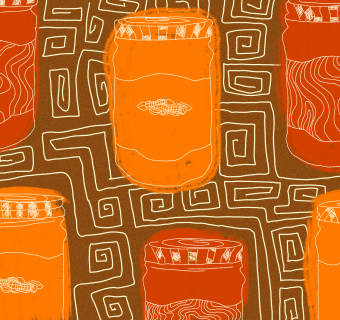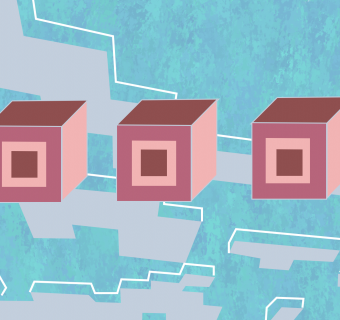Sweating, smiling, laughing, messing up, and feeling incredible. That is my state of mind and body on Sunday nights, Monday nights, Tuesday nights, Wednesday nights, and any other night I can find. I have danced for a long time, but I only started Latin dancing last year, here at U.Va. Since then, as anyone who knows me can tiredly attest, Latin dancing has been a huge part of my life. Many of my closest friends, and even more of my favorite memories, have come from Latin dancing- feeling incredibly sexy during bachata, having a blast dancing merengue, embracing the thrill of partnership during salsa, and being generally confused but still very happy during cha-cha. Here's a brief history of salsa dancing, written by Kamala Ganesh, and an interview with the U.Va Salsa Club Presidente, Christelle Khattar. -Lingerr Senghor A Brief History of Salsa The evolution of salsa is a vibrant story of expression and spiritual freedom, like the dance itself. Salsa music has its origins in Cuba, where a fusion of African rhythms and Spanish guitar evolved into a multitude of Latin musical styles, including Son, Cha-cha, Mambo, and Tango. Many West Africans, including the Yoruba people, created elaborate rhythms to worship their gods. Under dire circumstances traveling overseas in slave ships, these rhythms made their way to the New World and continued to bloom as forms of expression. A variety of Spanish-African fusion music styles arose when colonists brought the Flamenco guitar to the New World.  West Africans and members of the Yoruba culture resisted Christianity and continued practicing their native religions through syncretism: the natural synthesis of Christianity and native religion when natives referred to their deities by the names of Catholic saints. The Yoruba peoples preserved their native religion as a form of Santeria, which reaches across centuries in lyrics of modern salsa songs like ‘Que Viva Chango’, and in the rhythms and movements of salsa dancing. French colonists introduced the contradanza criolla, a Creole version of the contredanse. The contradanza’s most conserved feature is the syncopated rhythmic pattern of five beats called the ‘cinquillo’, which plays a recurring role in salsa.The history of salsa is inextricably linked with the evolution of other Latin dance forms originating in Cuba. Salsa is quite similar to Mambo, and arguments abound amongst salseros and salseras as to the differences and origins of both styles. Salsa consists of a basic step, vueltas (turns), and a series of other set steps, but other dances are also performed to salsa music. This includes the Rueda de Casino, which, similar to the contradanza, originated as a mix of French court dances and native Cuban street dances.In a modern context, salsa never ceases to evolve or appeal to the masses. Salsa clubs have sprung up around the world; including in good old Charlottesville and at U.Va. Over the course of time, salsa’s deep roots in controversy, rebellion, and cultural fusion have burgeoned into a rich and unique form of expression, creating a dance that captures hearts with its elegant sensuality and addictive rhythms. -Kamala Ganesh Salsa Club at U.Va!
West Africans and members of the Yoruba culture resisted Christianity and continued practicing their native religions through syncretism: the natural synthesis of Christianity and native religion when natives referred to their deities by the names of Catholic saints. The Yoruba peoples preserved their native religion as a form of Santeria, which reaches across centuries in lyrics of modern salsa songs like ‘Que Viva Chango’, and in the rhythms and movements of salsa dancing. French colonists introduced the contradanza criolla, a Creole version of the contredanse. The contradanza’s most conserved feature is the syncopated rhythmic pattern of five beats called the ‘cinquillo’, which plays a recurring role in salsa.The history of salsa is inextricably linked with the evolution of other Latin dance forms originating in Cuba. Salsa is quite similar to Mambo, and arguments abound amongst salseros and salseras as to the differences and origins of both styles. Salsa consists of a basic step, vueltas (turns), and a series of other set steps, but other dances are also performed to salsa music. This includes the Rueda de Casino, which, similar to the contradanza, originated as a mix of French court dances and native Cuban street dances.In a modern context, salsa never ceases to evolve or appeal to the masses. Salsa clubs have sprung up around the world; including in good old Charlottesville and at U.Va. Over the course of time, salsa’s deep roots in controversy, rebellion, and cultural fusion have burgeoned into a rich and unique form of expression, creating a dance that captures hearts with its elegant sensuality and addictive rhythms. -Kamala Ganesh Salsa Club at U.Va!
We love Salsa!
We love Salsa!
October 19, 2012






